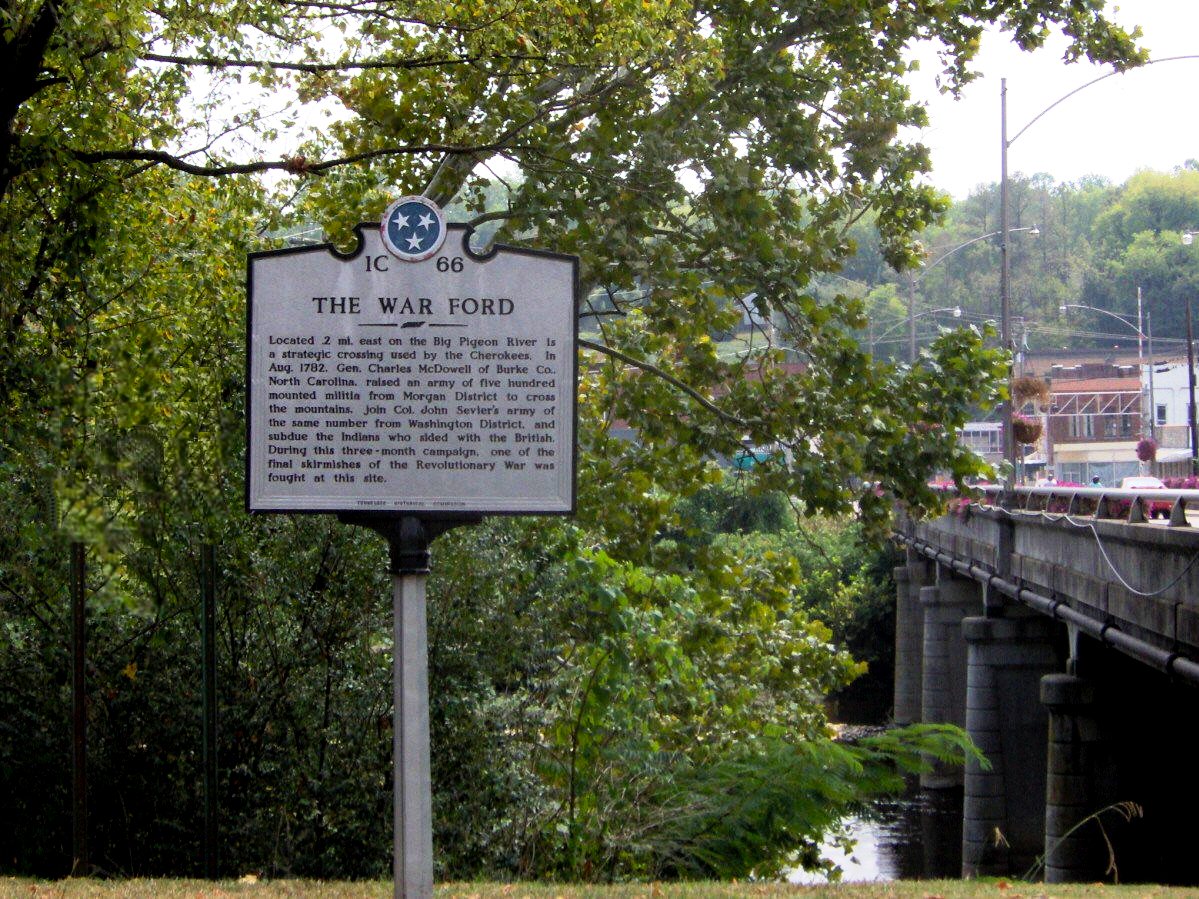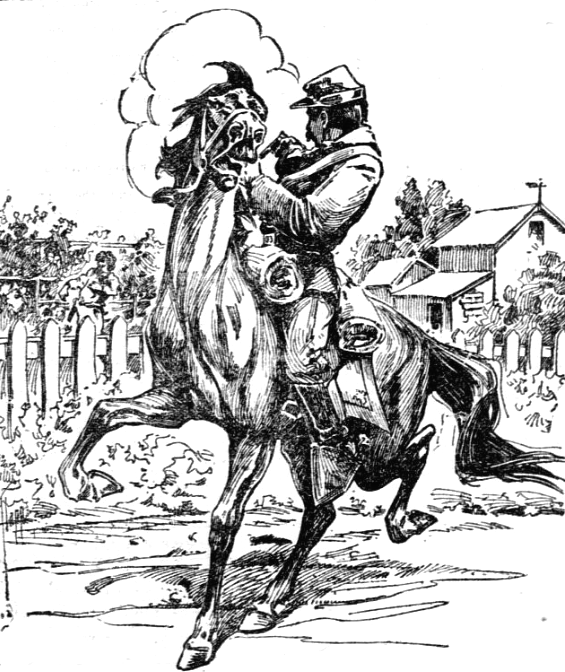|
Walters State Community College
Walters State Community College (abbreviated as WSCC, and commonly known as Walters State) is a public community college based in Morristown, Tennessee. It was founded in 1970 and is operated by the Tennessee Board of Regents. The college was named in honor of former United States Senator Herbert S. Walters. The college serves ten predominantly rural East Tennessee counties, located in the area of the Clinch and Great Smoky Mountains with five campuses totaling approximately 6,200 degree-seeking, commuting students. The college offers over 100 programs of study, ranging from transfer programs to four-year universities, to two-year associates and technical certificate programs. History In 1957, the Pierce-Albright Report was presented to the Tennessee legislature, detailing situations of higher education in the state. It showed many citizens of the state of Tennessee to be without sufficient access to colleges and universities, and led to the allocation of $200,000 in 1963 ... [...More Info...] [...Related Items...] OR: [Wikipedia] [Google] [Baidu] |
Community College
A community college is a type of undergraduate higher education institution, generally leading to an associate degree, certificate, or diploma. The term can have different meanings in different countries: many community colleges have an open enrollment policy for students who have graduated from high school, also known as senior secondary school or upper secondary school. The term usually refers to a higher educational institution that provides workforce education and college transfer academic programs. Some institutions maintain athletic teams and dormitories similar to their university counterparts. Australia In Australia, the term "community college" refers to small private businesses running short (e.g. six weeks) courses generally of a self-improvement or hobbyist nature. Equivalent to the American notion of community colleges are Technical and Further Education colleges or TAFEs; these are institutions regulated mostly at state and territory level. There are also an inc ... [...More Info...] [...Related Items...] OR: [Wikipedia] [Google] [Baidu] |
Cocke County, Tennessee
Cocke County is a county on the eastern border of the U.S. state of Tennessee. As of the 2020 census, the population was 35,999. Its county seat is Newport. Cocke County comprises the Newport, TN Micropolitan Statistical Area, which is part of the Knoxville- Morristown- Sevierville, Tennessee Combined Statistical Area. History Before the arrival of European settlers, the area that is now Cocke County probably was inhabited by the Cherokee. They were the most recent of a series of indigenous cultures who had occupied this country for thousands of years. The first recorded European settlement in the county was in 1783 when land near the fork of the French Broad and the Pigeon Rivers was cleared and cultivated. The earliest European settlers were primarily Scots-Irish, Dutch, and Germans who came to the area over the mountains from the Carolinas or through Virginia from Pennsylvania and other northern states. The county was established by an Act of the Tennessee General Assem ... [...More Info...] [...Related Items...] OR: [Wikipedia] [Google] [Baidu] |
Newport, Tennessee
Newport is a city in and the county seat of Cocke County, Tennessee, United States. The population was 6,945 at the 2010 census, down from 7,242 at the 2000 census. The estimated population in 2018 was 6,801. Newport is located along the Pigeon River. History Early settlement The Great Indian Warpath passed through what is now Newport en route to the ancient Cherokee hunting grounds of northeastern Tennessee.Carolyn Sakowski, ''Touring the East Tennessee Backroads'' (Winston-Salem: J.F. Blair, 1993), 233-242. The Warpath crossed the Pigeon River at a point approximately east of the McSween Memorial Bridge (US-321), in an area where the river is normally low enough to walk across.Tennessee Historical Commission marker at the north end of McSween Memorial Bridge along US-321 in Newport, Tennessee. September 4, 2007. The first European traders to the area, arriving in the mid-18th century, called this point along the Pigeon River the "War Ford". During the American Revolutio ... [...More Info...] [...Related Items...] OR: [Wikipedia] [Google] [Baidu] |
New Tazewell, Tennessee
New Tazewell is a city in Claiborne County, Tennessee, United States. The population was 3,037 at the 2010 census.The population was 2,769 at the 2020 census. History When the railroad line was built from Knoxville through Cumberland Gap in the late 1880s, it bypassed the city of Tazewell. It is uncertain whether the railroad was unable to obtain right of way, or whether the decision was made because of topography, but the railroad depot was built about two miles to the west of Tazewell. A new community sprang up around the depot, called Cowan City on old survey maps. The city was incorporated as New Tazewell in the 1920s, but the charter was voted down about fifteen years later. It was reincorporated in 1954. Geography New Tazewell is located in central Claiborne County, adjacent to the twin city of Tazewell, at a coordinate of (36.437838, -83.607613). According to the United States Census Bureau, the city has a total area of , all land. Demographics 2020 census As of the ... [...More Info...] [...Related Items...] OR: [Wikipedia] [Google] [Baidu] |
Greeneville, Tennessee
Greeneville is an incorporated town in and the county seat of Greene County, Tennessee, United States. The population as of the 2020 United States census, 2020 census was 15,479. The town was named in honor of American Revolutionary War, Revolutionary War hero Nathanael Greene, and it is the second oldest town in Tennessee. It is the only town with this spelling in the United States, although there are numerous U.S. towns named ''Greenville''. The town was the capital of the short-lived State of Franklin in the 18th-century history of East Tennessee. Greeneville is known as the town where President of the United States, United States President Andrew Johnson began his political career when elected to be an alderman and transitioned from his trade as a tailor. He and his family lived there for most of his adult years. It was an area of strong abolitionist and Unionist views and yeoman farmers, an environment that influenced Johnson's outlook. The Greeneville Historic District ... [...More Info...] [...Related Items...] OR: [Wikipedia] [Google] [Baidu] |
Sevierville, Tennessee
Sevierville ( ) is a city in and the county seat of Sevier County, Tennessee, United States, located in East Tennessee. The population was 17,889 at the 2020 United States Census. History Native Americans of the Woodland period were among the first human inhabitants of what is now Sevierville. They arrived circa 200 A.D. Between 1200 and 1500 A.D., during the Dallas phase of the Mississippian period, a group of Native Americans established McMahan Mound Site, a relatively large village centered on a platform mound and surrounded by a palisade just above the confluence of the West Fork and the Little Pigeon River. This mound was approximately high and across. An excavation in 1881 unearthed burial sites, arrowheads, a marble pipe, glass beads, pottery, and engraved objects. At the time of this first excavation, the mound was located on a farm owned by the McMahan family, and was thus given the name "McMahan Indian Mound." By the early 18th century, the Cherokee controlle ... [...More Info...] [...Related Items...] OR: [Wikipedia] [Google] [Baidu] |
Union County, Tennessee
Union County is a county located in the U.S. state of Tennessee. As of the 2020 census, its population was 19,802. Its county seat is Maynardville. Union County is included in the Knoxville metropolitan statistical area. History Union County was formed in 1850 from portions of Grainger, Claiborne, Campbell, Anderson, and Knox Counties. At least two theories are given on the source of its name. The name may commemorate the "union" of sections of five counties, or it may reflect East Tennessee's support for the preservation of the Union in the years before and during the Civil War. The enabling legislation was initially passed January 3, 1850, but due to legal challenges and complications, the county was not formally created until January 23, 1856. The county seat was originally named "Liberty", but renamed "Maynardville" in honor of attorney and congressman Horace Maynard, who had defended the county in a court case that sought to block its formation. In the 1930s, th ... [...More Info...] [...Related Items...] OR: [Wikipedia] [Google] [Baidu] |
Sevier County, Tennessee
Sevier County ( ) is a county of the U.S. state of Tennessee. As of the 2020 census, the population was 98,380. Its county seat and largest city is Sevierville. Sevier County comprises the Sevierville, TN Micropolitan Statistical Area, which is included in the Knoxville- Morristown-Sevierville, TN Combined Statistical Area. History Prior to the arrival of white settlers in present-day Sevier County in the mid-18th century, the area had been inhabited for as many as 20,000 years by nomadic and semi-nomadic Native Americans. In the mid-16th century, Spanish expeditions led by Hernando de Soto (1540) and Juan Pardo (1567) passed through what is now Sevier County, reporting that the region was part of the domain of Chiaha, a minor Muskogean chiefdom centered around a village located on a now-submerged island just upstream from modern Douglas Dam. By the late 17th-century, however, the Cherokee, whose ancestors were living in the mountains at the time of the Spaniards' visit, ... [...More Info...] [...Related Items...] OR: [Wikipedia] [Google] [Baidu] |
Jefferson County, Tennessee
Jefferson County is an exurban county located in the U.S. state of Tennessee. As of the 2020 census, the population was 54,683. Its county seat is Dandridge. Jefferson County is part of the Morristown Metropolitan Statistical Area with neighboring Grainger and Hamblen counties. The county, along with the Morristown MSA, is included in the Knoxville-Morristown-Sevierville Combined Statistical Area. History Jefferson County was established on June 11, 1792, by William Blount, Governor of the Southwest Territory.Estle Muncy,Jefferson County" ''Tennessee Encyclopedia of History and Culture''. Retrieved: October 18, 2013. It had been a part of Caswell County during the State of Franklin period (1784–1789). Its county seat, Dandridge, was settled in 1783. On the eve of the Civil War, Jefferson County, like most other counties in mountainous East Tennessee, was opposed to secession. In Tennessee's Ordinance of Secession referendum on June 8, 1861, Jefferson County voters rej ... [...More Info...] [...Related Items...] OR: [Wikipedia] [Google] [Baidu] |
Hawkins County, Tennessee
Hawkins County is a county located in the U.S. state of Tennessee. As of the 2020 census, the population was 56,721. Its county seat is Rogersville. Hawkins County is part of the Metropolitan Statistical Area, which is a component of the Johnson City-Kingsport-Bristol, TN-VA Combined Statistical Area, commonly known as the " Tri-Cities" region. History The land was given to William Armstrong as a land grant in the 1780s. With Armstrong built Stony Point. Armstrong's landholding was established as a county in 1787. It was named for Benjamin Hawkins, a U.S. Senator from North Carolina, the state which it was a part of at that time. In 1797, Louis Philippe (who would become King of the French in 1830) visited Armstrong's estate. During the American Civil War, Hawkins County saw combat. The Battle of Rogersville took place on November 6, 1863. Since the 1940s, a 1,900-2,200 acre area western Hawkins County was proposed and planned as state park known as Poor Valley Sta ... [...More Info...] [...Related Items...] OR: [Wikipedia] [Google] [Baidu] |
Hancock County, Tennessee
Hancock County is a county located in the northeastern part of the U.S. state of Tennessee. As of the 2020 census, the population was 6,662, making it the fourth-least populous county in Tennessee. Its county seat is Sneedville. History Hancock County was created from parts of Hawkins and Claiborne counties. The act establishing the county was passed by the state legislature in 1844, but several Hawkins residents sued to block its creation. In 1848, the Tennessee Supreme Court ruled in favor of the new county. The county seat, Sneedville, was named in honor of the attorney William H. Sneed, who represented the county in the court case. The county was named after the Revolutionary War patriot John Hancock. Geography According to the U.S. Census Bureau, the county has a total area of , of which is land and (0.5%) is water. Adjacent counties *Lee County, Virginia (north) * Scott County, Virginia (northeast) * Hawkins County (east) * Grainger County (southwest) * Claiborn ... [...More Info...] [...Related Items...] OR: [Wikipedia] [Google] [Baidu] |






